
No matter where in the world you live, you can make simple changes in your daily habits to positively impact the ocean and its inhabitants. In a world where 40% of the world’s population lives within 60 miles of a coastline, we need to be conscious of the ways in which humans interact with marine ecosystems and what we can do to limit the negative impacts.
Here are ten simple ways you can make a difference in the marine ecosystem, no matter where you live!
- Bring your own
- Conserve water
- Green your space
- Pick up trash
- Dispose responsibly
- Choose sustainable seafood
- Reduce your electricity use
- Evaluate your transportation
- Reuse, repair, repurpose, or share
- Think before you buy
Bring Your Own
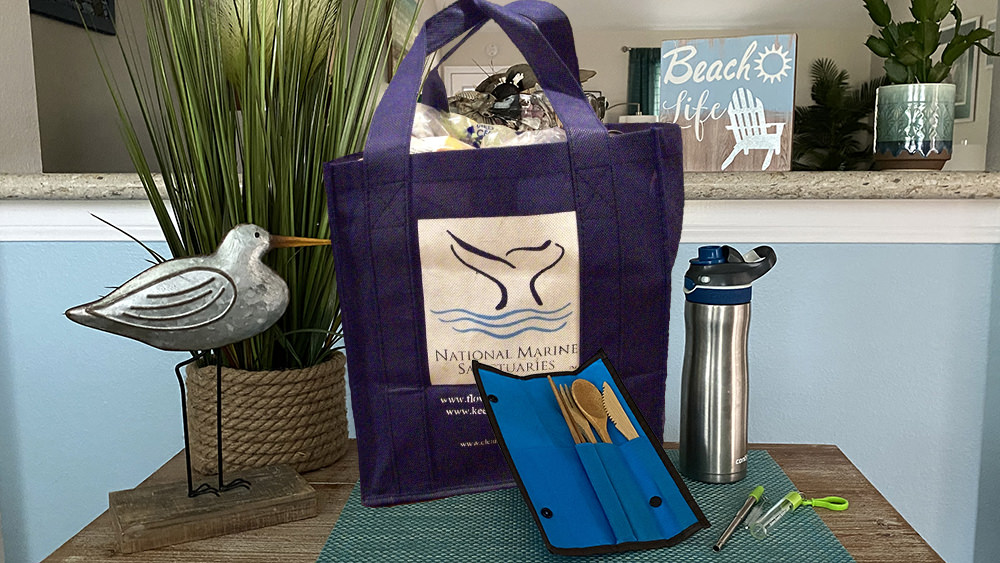
Take reusable shopping bags to stores, reusable utensils and straws to fast food restaurants, and reusable water bottles to events. By doing this, you help decrease the number of single-use plastics that might end up in the ocean, and be eaten by or entangle wildlife.
NOS Guide to Plastic in the Ocean
NOAA Plastics in the Ocean Infographic
NOAA Plastic Marine Debris Fact Sheet
Conserve Water
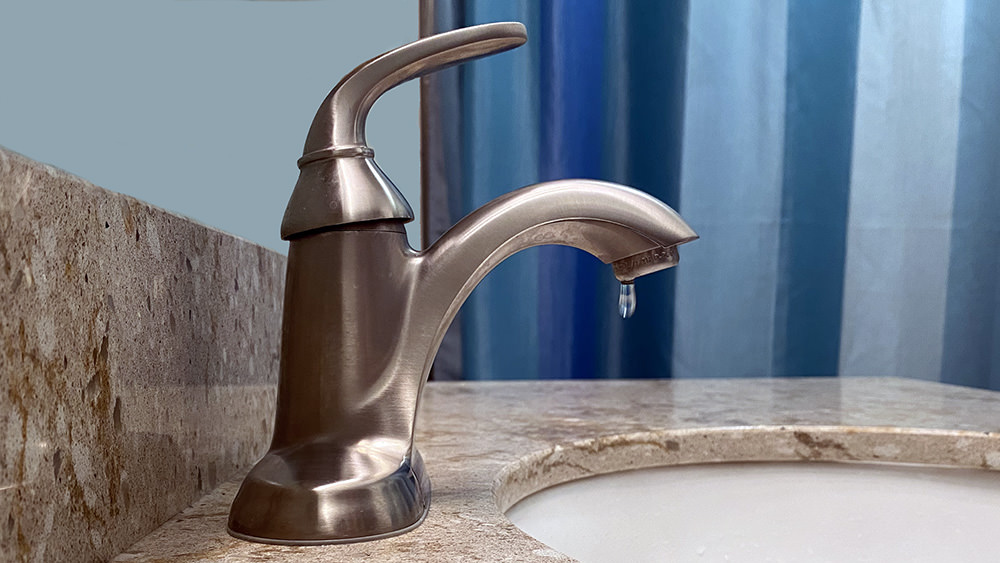
Install low-flow toilets, faucets, and shower heads, fix leaks, turn off the tap while shaving, brushing your teeth or washing dishes, and sweep your sidewalks and driveways rather than hosing them off. The more water we pull from rivers, lakes, and streams, the less freshwater reaches the ocean. This can impact ocean salinity and the health of everything that lives there.
Green Your Space
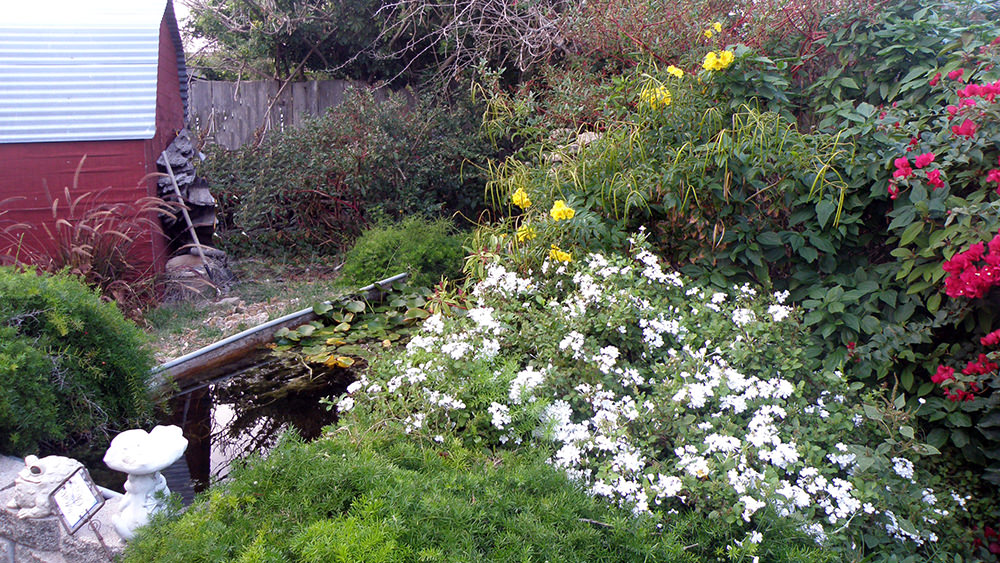
Fill your yard with plants that are naturally adapted to survive where you live. They require fewer pesticides and fertilizers to help them grow well and look nice. Plants also serve as natural filters for water, anchor soil in place, and reduce run-off. That means less water heading to storm drains, fewer chemicals getting into our waterways, and cleaner water for everyone.
Pick Up Trash

If you drop trash, or see some on the ground, pick it up and dispose of it properly. Loose trash can easily get blown or washed into lakes or rivers, and eventually the ocean. When you pick up litter and place it in the appropriate receptacle, you keep our oceans clean and our marine life safe.
Learn more about NOAA's Marine Debris Program
Dispose Responsibly
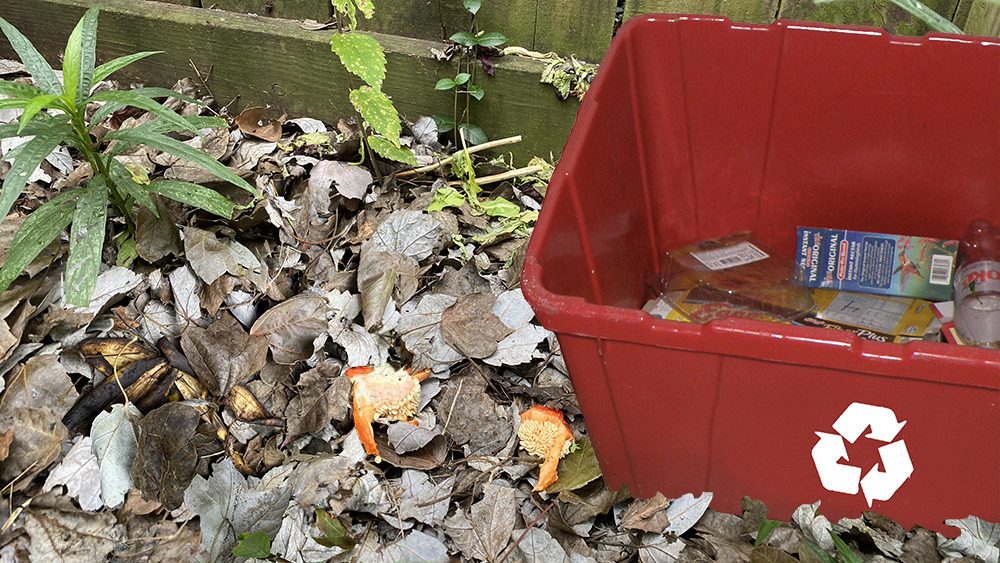
Recycle as much as possible, but know what is recyclable in your area and what isn't. Don't overlook the possibility of recycling light bulbs, batteries, electronics, and appliances, too. Compost fruit and vegetable scraps, coffee grounds, egg shells, and yard waste to keep them out of landfills. Take oil, tires, chemicals, cleaners, and medicines to appropriate disposal sites. Challenge yourself to see how little you can throw away!
Choose Sustainable Seafood

Not only should you be conscientious about what you put into the ocean, but also consider what you take out. Before you eat seafood, check with NOAA's FishWatch to learn what kinds of fish are sustainably caught or raised in your area. Avoid eating endangered fish, and consider invasive species like lionfish as an alternative!
Reduce Your Electricity Use
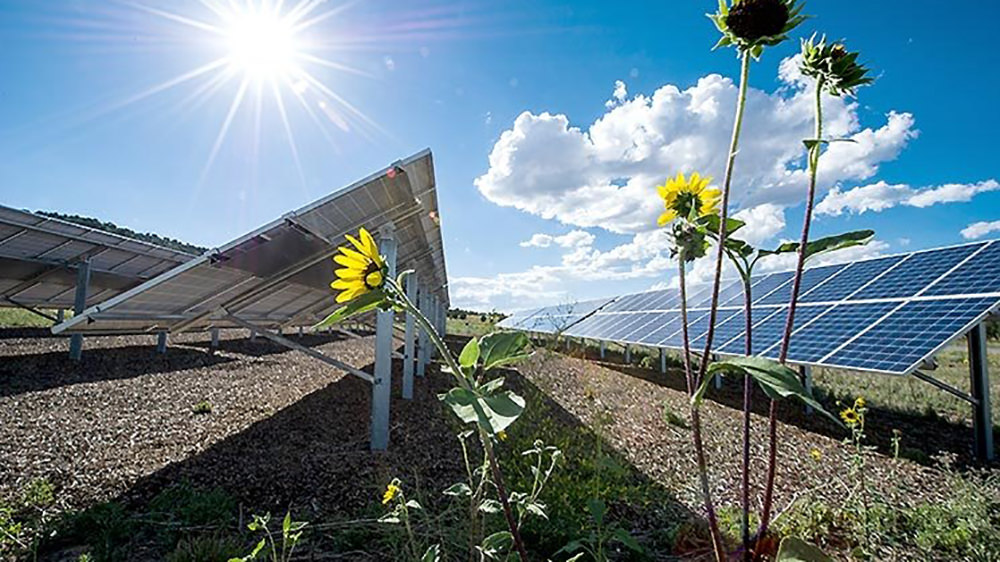
Reduce the amount of electricity you use by turning off or unplugging your television, lights, and appliances when they are not being used; adjust the thermostat a couple of degrees warmer in summer and cooler in winter; and, consider switching to renewable sources like solar or wind power, if they are available in your area. This will help limit the generation of carbon dioxide, which contributes to ocean acidification and warming ocean temperatures.
NOS Coral Reefs
and a Changing Climate
Evaluate Your Transportation
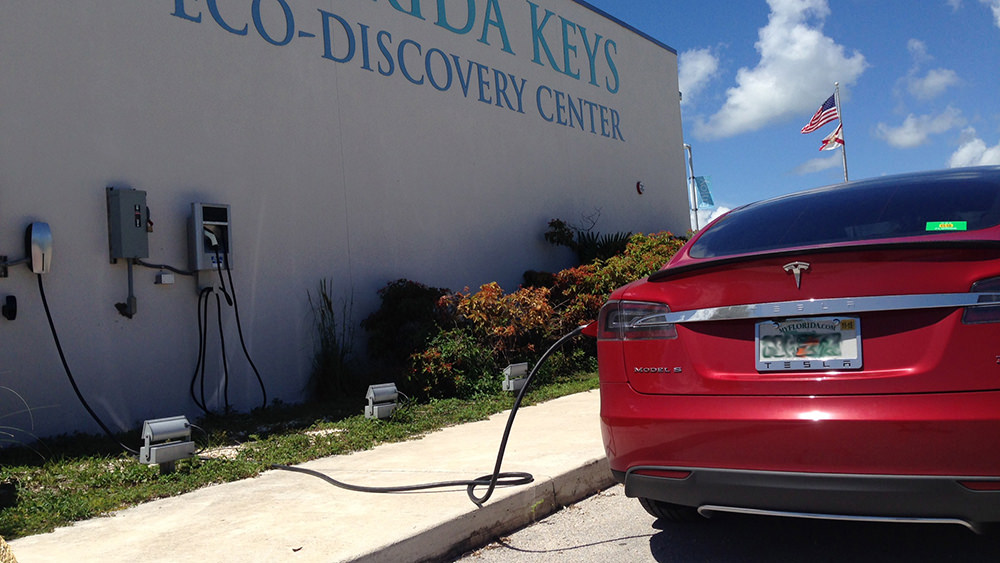
Limit the amount of carbon dioxide associated with your lifestyle (your carbon footprint) by re-evaluating your transportation needs. Try carpooling or using public transportation for distant locations, and walking or biking for places close by. Hybrid or electric vehicles are another option to reduce carbon emissions.
Calculate your Carbon Footprint
Reuse, Repair, Repurpose or Share
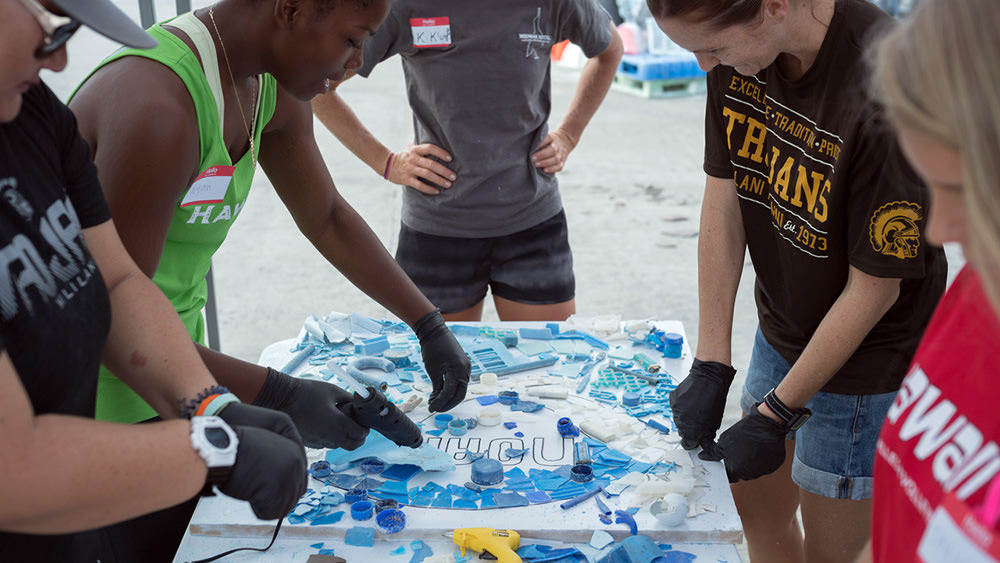
Give your goods a second life. Reuse things that are still in good condition by donating them or giving them to a friend or relative. Repair items that are broken instead of replacing them. Repurpose items by turning them into something new. Borrow or share items that don't get used often. All of these habits help to reduce waste, which might otherwise end up in our ocean.
Think Before You Buy
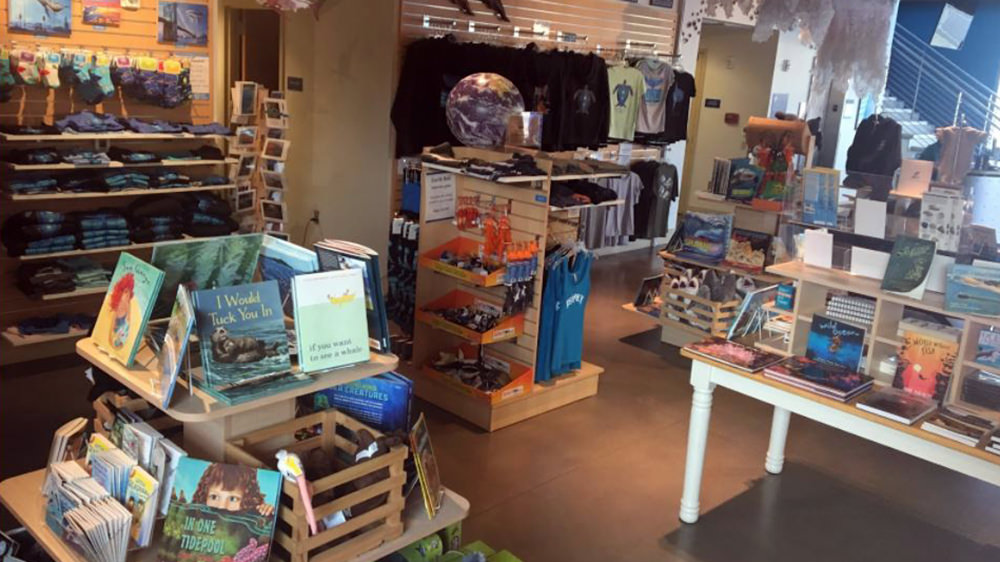
Put more thought into your purchases. How do they impact the environment? Are there alternatives? Here are a few ways you can limit your impact on marine ecosystems:
- Buy products with less packaging.
- Buy from companies dedicated to limiting their environmental impacts.
- Buy from businesses that support environmental causes.
- Buy products produced or grown locally.

